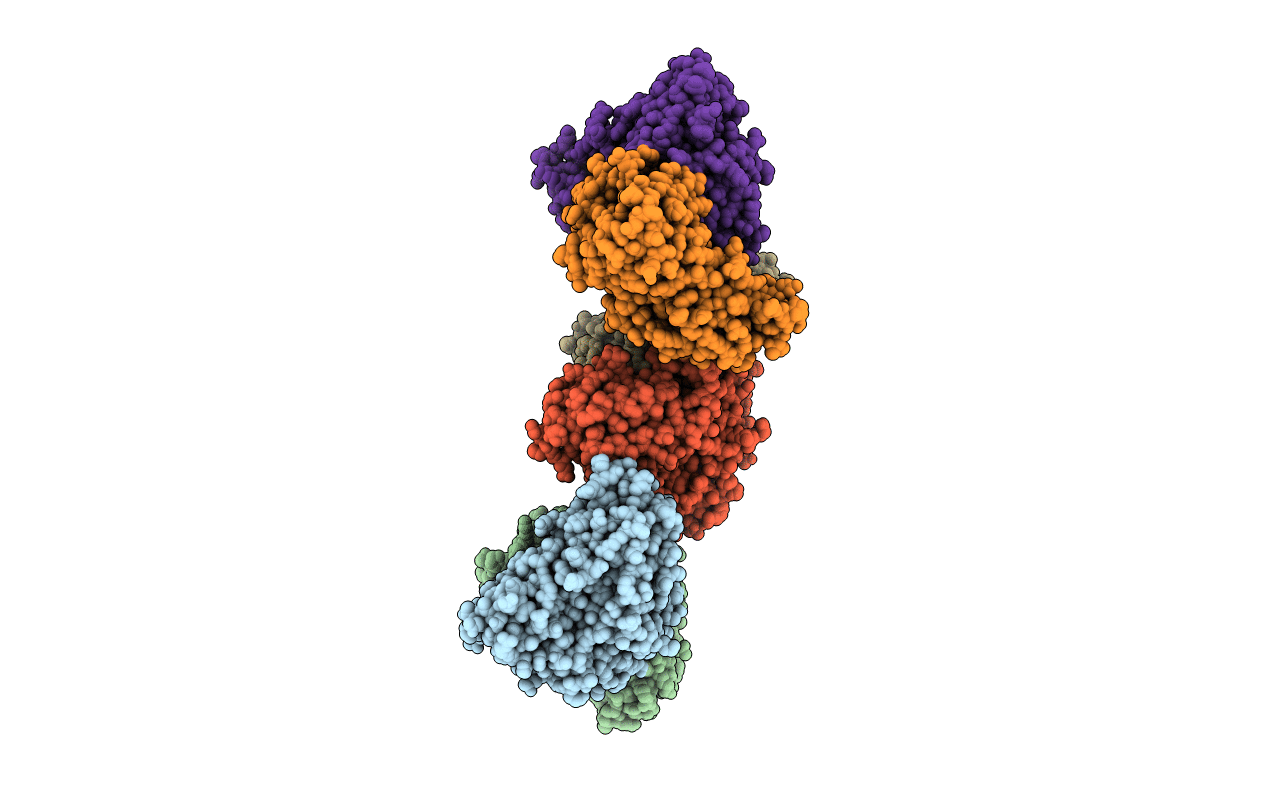
Deposition Date
2002-06-26
Release Date
2002-11-20
Last Version Date
2025-03-26
Entry Detail
Biological Source:
Source Organism:
Salmonella typhimurium (Taxon ID: 602)
Host Organism:
Method Details:
Experimental Method:
Resolution:
2.20 Å
R-Value Free:
0.2
R-Value Work:
0.16
R-Value Observed:
0.17
Space Group:
P 1 21 1


